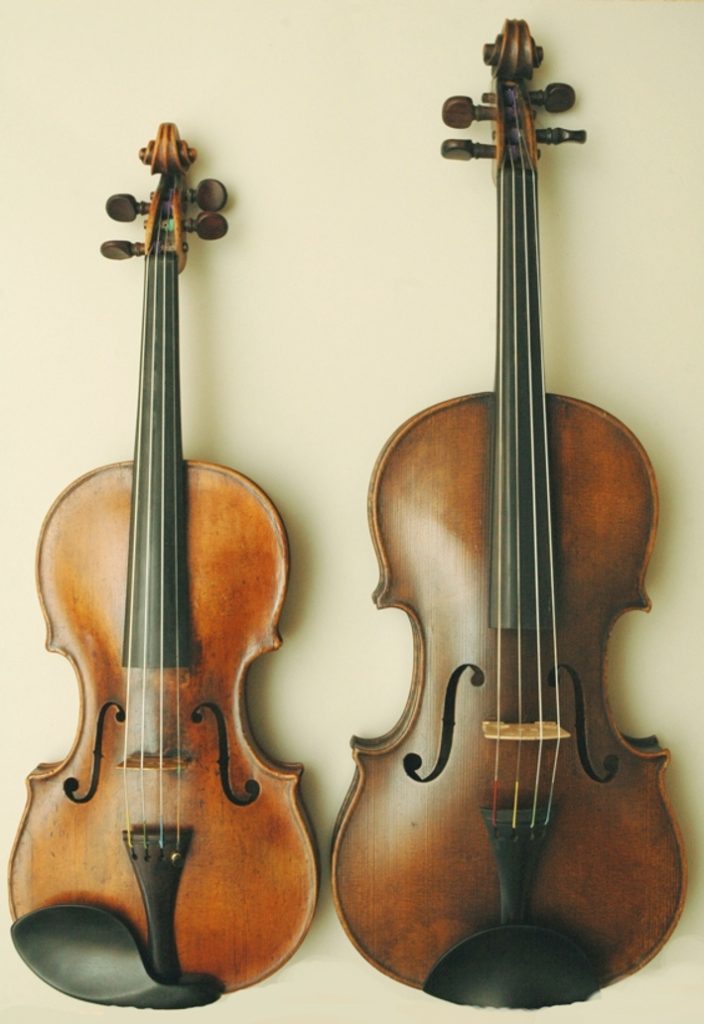Glinka, Viola Sonata in D Minor (1st movement)

Rodney Dangerfield might say the viola gets no respect. That’s not quite true, but the viola does not enjoy much time in the limelight. It has become the subject of numerous jokes among musicians:
- What is the difference between a viola and an onion? No one cries when you chop up a viola.
- What’s the difference between a viola and a lawnmower? You can tune the lawnmower.
- What’s the range of a viola? 35 yards if you’ve got a good arm.
The viola sits in the mid range between the violins and cellos, which tends to give it a subsidiary role playing the inner harmonies.
In the Renaissance, the polyphonic style that prevailed assigned equal roles to all parts. The instruments themselves were designed with a small range intended not to interfere with the neighboring voices. But all of this changed at the dawn of the Baroque era. Polyphony was replaced by monody with an emphasis on one voice, and that voice needed to express a wide range of emotion.
The violin and cello replaced the older family of viols. There was some resistance to their more brash sounds. But the new musical form that the Baroque era introduced, opera, dictated these changes. The acceptance of the new design in stringed instruments in various parts of Europe tracked the popularity of opera. The viola seems like an afterthought, something to fill the gap between the highly expressive violin and cello.
The viola is also too small for its range. Early larger designs were discarded because, instrument historian Curt Sachs notes, the relatively unimportant viola parts were played by “superannuated violinists” who were unwilling to adjust to a larger size. An interesting Ted Talk, “An Imperfect Instrument,” explores the viola’s limitations and possibilities.
All that aside, the viola has a prominent place in chamber music and composers from the 19th century on have turned to it increasingly as a solo instrument. Mikhail Glinka (1804-1857) composed this sonata in 1825-28, in his early “classical phase.” Glinka would later develop a more nationalistic style that would influence future generations, most evident in his Ruslan and Ludmilla featured here a while back.



